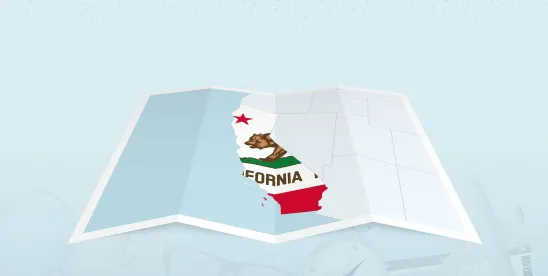California’s Safe Drinking Water and Toxic Enforcement Act of 1986, Health & Safety Code Section 25249.5 et seq. (“Proposition 65”) prohibits manufacturers, suppliers, distributors, retailers, and other entities in the stream of commerce from knowingly and intentionally exposing California consumers to certain listed chemicals above a safe harbor level without first providing a “clear and reasonable” warning to such individuals. (Health & Safety Code § 25249.6). The law applies to consumer product exposures, occupational exposures, and environmental exposures that occur in California. Presently, there are approximately 900 listed chemicals known by the State of California to cause cancer, reproductive harm, or both.
Since 2016, many businesses selling to California consumers have utilized “short-form warnings” on products, which alert consumers to possible risks of cancer or reproductive harm without identifying the specific chemical in the product. These abbreviated warning labels have remained popular for businesses because they streamline the process of providing necessary warnings to consumers while also protecting the businesses from costly enforcement actions brought either by the California Attorney General or private enforcers.
Following several years of failed attempts by California’s Office of Environmental Health Hazard Assessment (“OEHHA”) to limit the use of short-form warnings to products contained in or on small packaging, on December 6, 2024, OEHHA amended Proposition 65 to require companies to add at least one chemical name to the warning language—or the name of two chemicals, if the warning covers both cancer and reproductive toxicity, unless the same chemical is listed for both endpoints. While the changes are effective as of January 1, 2025, OEHHA is providing a three-year runway for companies to comply (until January 1, 2028). Importantly, products manufactured and labeled prior to January 1, 2028 using the old short-form warning do not have to be relabeled thereby providing an effective unlimited sell-through period.
These amendments do make an important concession to companies selling into California, however. Businesses now have the option to use words in the warning labels to clarify that they are specifically limited to California. But while this does allay years of concerns expressed by companies within and outside of California that the warning labels confused out of state consumers, the short-form is not really all that short anymore. Businesses selling products with truly small packaging will need to identify creative ways to label products with limited real estate.
These 2025 amendments also make explicit that: (1) short-form warnings may be used to provide safe harbor warnings for food products but do not require the yellow triangle symbol; (2) provide a 60-day transition period during the three-year implementation period for retailers to update online short-form warnings after notice from a manufacturer; and (3) provide new tailored safe harbor warnings for passenger or off-highway motor vehicle parts and recreational marine vessel parts.
While businesses in all consumer product industries have quite a bit of time to update their short form warning labels, it is important to make sure that business partners and affiliates all along the supply chain are aware of the upcoming changes and align their quality assurance testing and labeling processes to ensure timely compliance. Moreover, while the amendments do allow a lengthy sell off period for products manufactured and labeled on or before December 31, 2027, there is no doubt private enforcers will be on the hunt for non-compliant labeling. Therefore, if businesses do decide to sell off old labeling into 2028 and beyond, meticulous records should be kept of the manufacturing and labeling date on those products to allow for ease of tracking and use as an affirmative defense.



 />i
/>i

